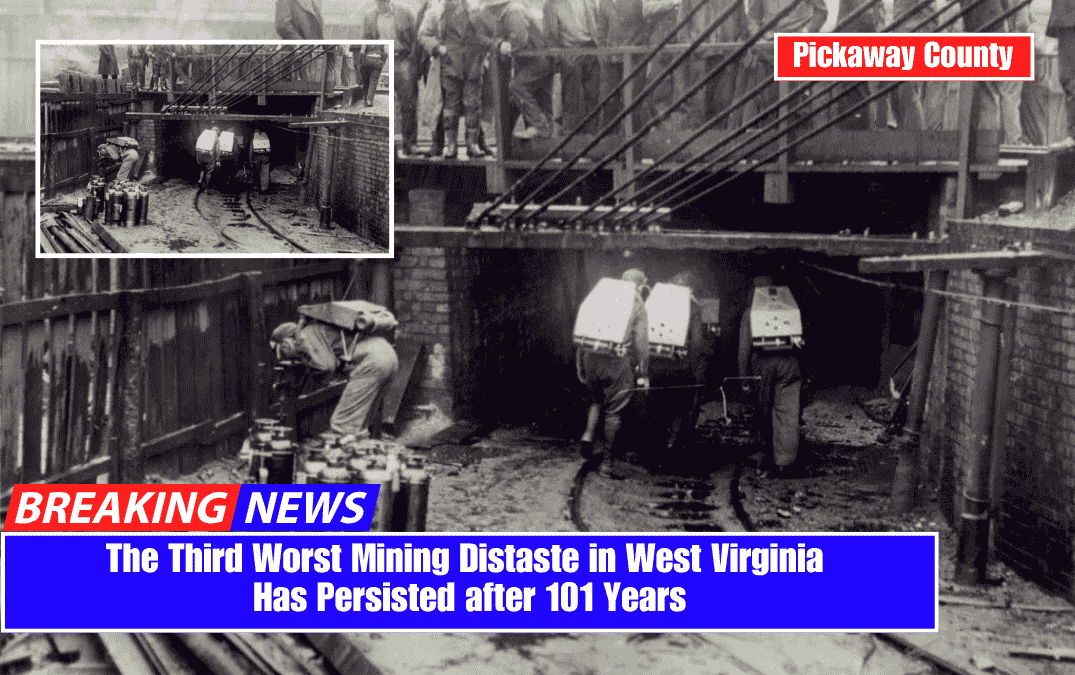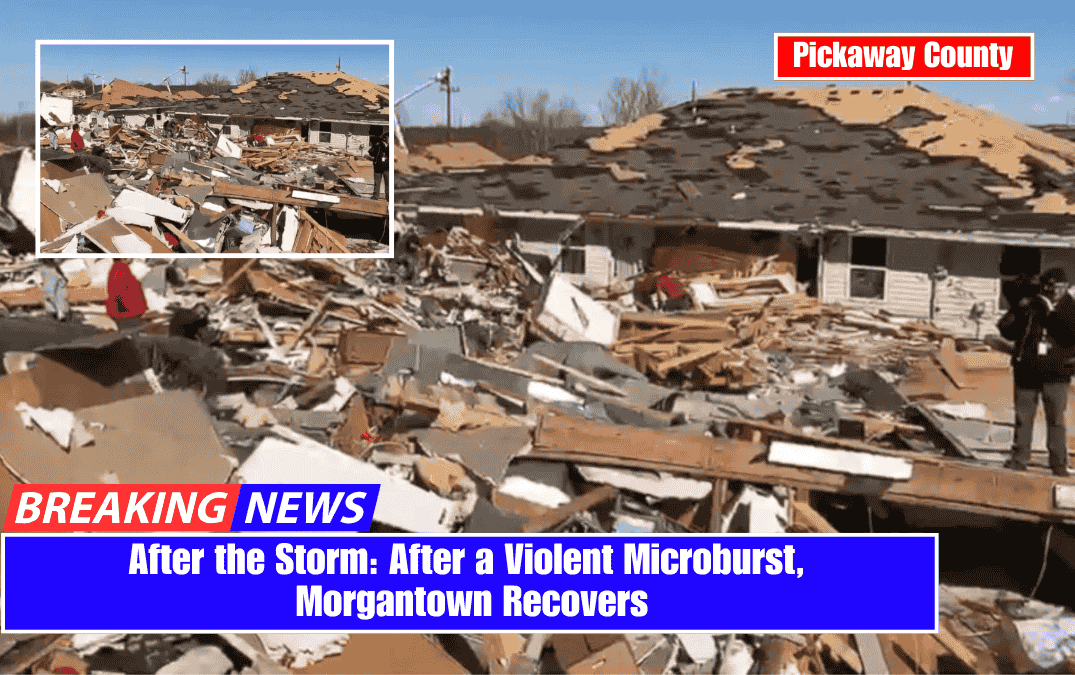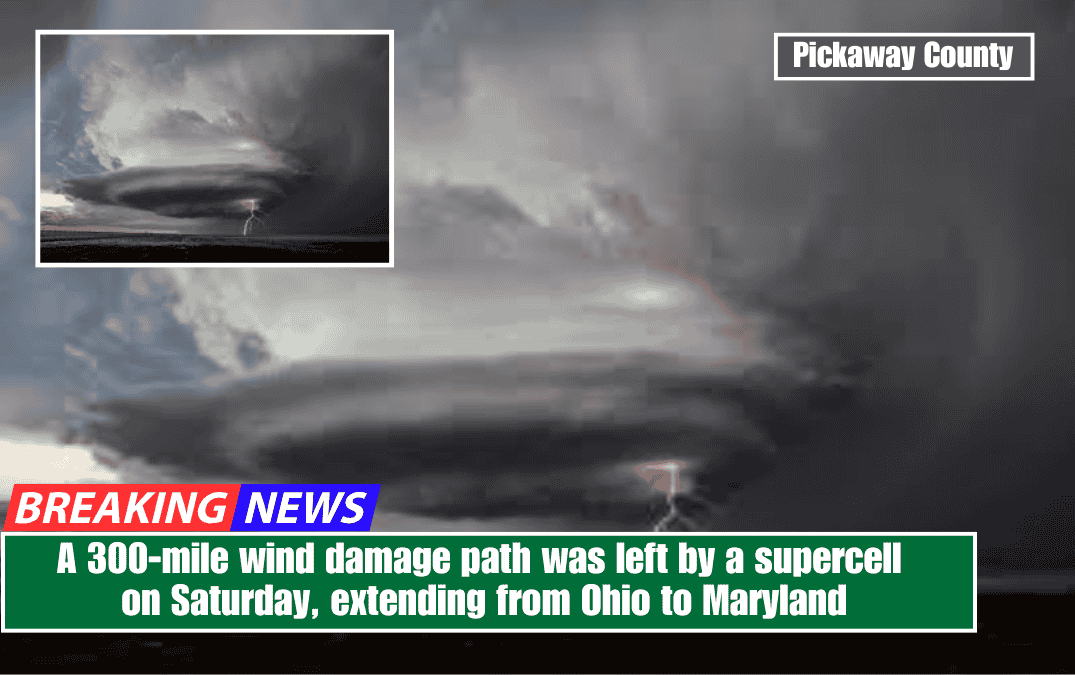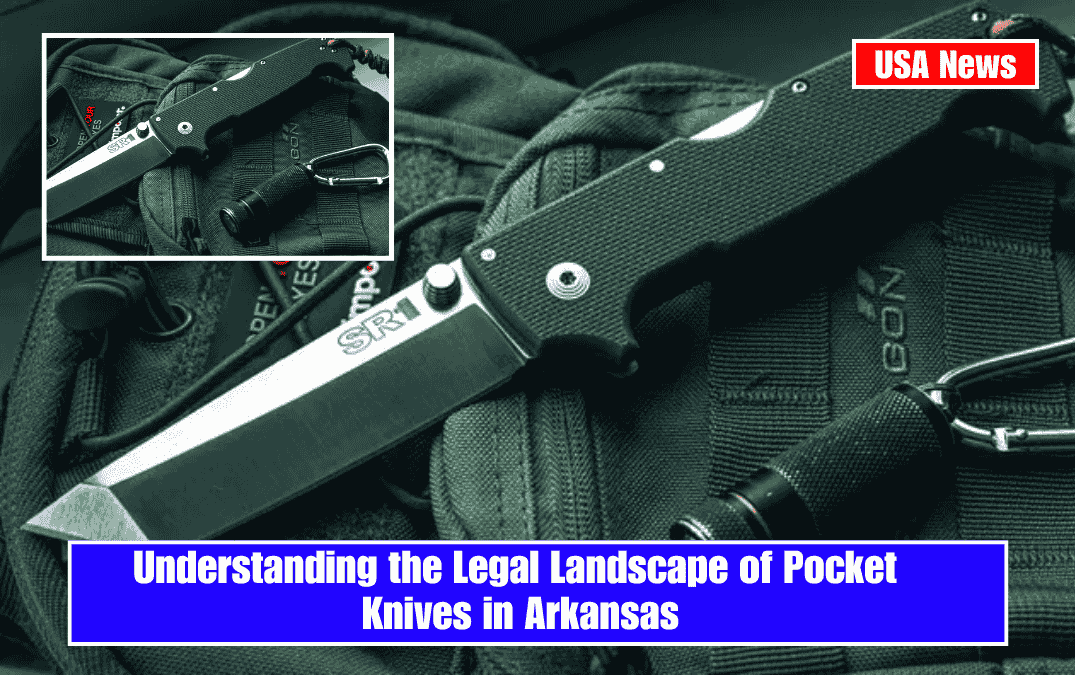A mining disaster killed 180 workers in Eccles, a small town in southern West Virginia, on April 28, 1914. In a strange coincidence, disaster struck exactly ten years later, during the Benwood Mine Disaster of 1924.
Hard Conditions
Steve and Rose Vargo married in 1913 in their native Hungary. A year later, after the couple had their first child, fate led them to Boggs Run in Marshall County, WV. There, Steve found work as a miner, and he and his wife had five more children.
On the rainy morning of April 28, 1924, Steve felt ill and was unsure whether he would be able to go to work. But, knowing he and his family needed the money, he persisted. Steve’s story is similar to that of over a hundred other mine workers.
The operation was led by the Wheeling Steel and Iron Corporation, which was then the Upper Ohio Valley’s largest employer. The majority of the miners at Benwood were Catholic immigrants from various European countries, and many were brothers, fathers and sons, or cousins.
Coal mining is a dangerous job, and the fight for higher safety standards has been going on for years. Three years prior, in southern West Virginia, there had been an armed labour uprising involving local coal miners and the United Mine Workers.
The unions were eventually defeated, and the consequences were felt as far north as Benwood in the form of dangerous working conditions. A year ago, three miners were killed in a gas explosion at Boggs Run. The roof remained poorly supported, and workers continued to use open flame lamps for lighting.
Disaster Strikes
That day in April seemed like any other day on the job. All of the rooms were gas-tested and deemed safe. The workers went about their daily routines, boarding electric mine cars to descend into the underground city. But not thirty minutes later, a methane explosion erupted, collapsing the roof of a section of the mine and causing a tremor that could be felt blocks away.
The fire caused a second, larger explosion, which ignited coal dust in the air and sent plumes of fire throughout the mine. Roofs collapsed, debris rained down, and many who managed to flee the crumbling walls were burned to death in the gaseous inferno. However, the residual toxic gas mixture known as afterdamp, which filled the air in the aftermath of the explosions, killed the majority of the workers.
The search for survivors began immediately, with assistance from the Wheeling chapter of the Red Cross and nearby mines as far as Cincinnati and Pittsburgh. Unfortunately, the sheer volume of fallen debris and collapsed support structures hampered their progress.
After everything was said and done, there were no survivors. All 119 workers were discovered dead, many with their clothes wrapped around their faces in an attempt to avoid breathing the toxic air.
In the pouring rain, the streets were crowded with the wives and children of those who died inside, reporters documenting the horrific scene, and locals who had felt the explosions beneath their feet and seen flames shoot into the sky.
After the Explosion
Many of the deceased were buried at Mt. Calvary Cemetery in Wheeling during Catholic ceremonies. Today, three large stones stand at the Boggs Run Road site as a tribute to the many workers who died that day.
When a disaster of this magnitude occurs, the aftermath is always filled with people trying to piece together how 119 sons, fathers, brothers, and husbands could have been saved. And in a tragedy like this, it’s even more painful to realise how flagrantly safety standards had been disregarded—and how much unnecessary danger workers like Steve Vargo faced every day.
State inspectors discovered that just days after the explosions, while Wheeling Steel reported soaring profit margins, they were also routinely exploiting already lax safety regulations. While changes were made in the aftermath of the tragedy, including the provision of gas masks to all miners, it took the Benwood disaster to implement safety measures that should have been in place from the start.















